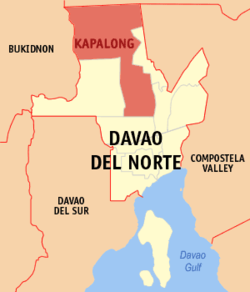
Davao del Norte, officially the Province of Davao del Norte, is a province in the Philippines located in the Davao Region in Mindanao. Its capital and largest city is Tagum. The province also includes Samal Island to the south in Davao Gulf.

Panabo, officially the City of Panabo, is a 3rd class component city in the province of Davao del Norte, Philippines. According to the 2020 census, it has a population of 209,230 people.

Tagum, officially the City of Tagum, is a 1st class component city and capital of the Davao del Norte, Philippines. According to the 2020 census, it has a population of 296,202 people making it the most populous component city in Mindanao.

Asuncion, officially the Municipality of Asuncion, is a 1st class municipality in the province of Davao del Norte, Philippines. According to the 2020 census, it has a population of 61,893 people.

Braulio E. Dujali, officially the Municipality of Braulio E. Dujali, or simply referred to as Dujali, is a 4th class municipality in the province of Davao del Norte, Philippines. According to the 2020 census, it has a population of 35,729 people.

Carmen, officially the Municipality of Carmen, is a 1st class municipality in the province of Davao del Norte, Philippines. According to the 2020 census, it has a population of 82,018 people.

Talaingod, officially the Municipality of Talaingod, is a 2nd class municipality in the province of Davao del Norte, Philippines. According to the 2020 census, it has a population of 28,333 people.
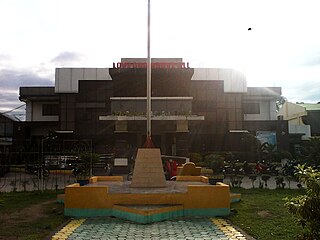
Santo Tomas, officially the Municipality of Santo Tomas, is a 1st class municipality in the province of Davao del Norte, Philippines. According to the 2020 census, it has a population of 128,667 people.

New Corella, officially the Municipality of New Corella, is a 2nd class municipality in the province of Davao del Norte, Philippines. According to the 2020 census, it has a population of 57,913 people.
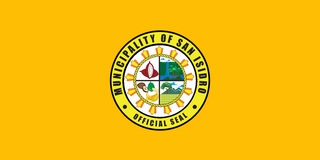
San Isidro, officially the Municipality of San Isidro, is a 5th class municipality in the province of Davao del Norte, Philippines. According to the 2020 census, it has a population of 27,233 people.

Laak, officially the Municipality of Laak, is a 1st class municipality in the province of Davao de Oro, Philippines. According to the 2020 census, it has a population of 79,744 people.

Mabini, officially the Municipality of Mabini, is a 2nd class municipality in the province of Davao de Oro, Philippines. According to the 2020 census, it had a population of 43,552.

Maragusan, officially the Municipality of Maragusan, is a 1st class municipality in the province of Davao de Oro, Philippines. According to the 2020 census, it has a population of 64,412 people.

Kiblawan, officially the Municipality of Kiblawan, is a 2nd class municipality in the province of Davao del Sur, Philippines. According to the 2020 census, it has a population of 49,381 people.
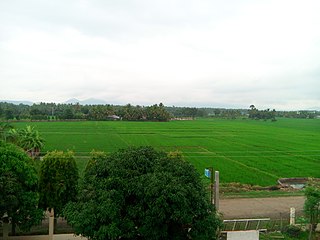
Magsaysay, officially the Municipality of Magsaysay, is a 3rd class municipality in the province of Davao del Sur, Philippines. According to the 2020 census, it has a population of 56,263 people.

Santa Maria, officially the Municipality of Santa Maria, is a 2nd class municipality in the province of Davao Occidental, Philippines. According to the 2020 census, it has a population of 57,526 people. Postal code 8011.
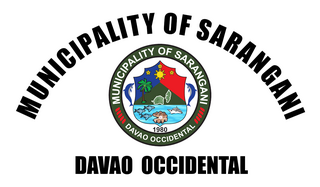
Sarangani, officially the Municipality of Sarangani, is a 4th class municipality in the province of Davao Occidental, Philippines. According to the 2020 census, it has a population of 22,515 people.

Boston, officially the Municipality of Boston, is a 3rd class municipality in the province of Davao Oriental, Philippines. According to the 2020 census, it has a population of 14,618 people.

Manay, officially the Municipality of Manay, is a second class municipality in the province of Davao Oriental, Philippines. According to the 2020 census, it has a population of 39,572 people.

Tarragona, officially the Municipality of Tarragona, is a 3rd class municipality in the province of Davao Oriental, Philippines. According to the 2020 census, it has a population of 26,996 people.
